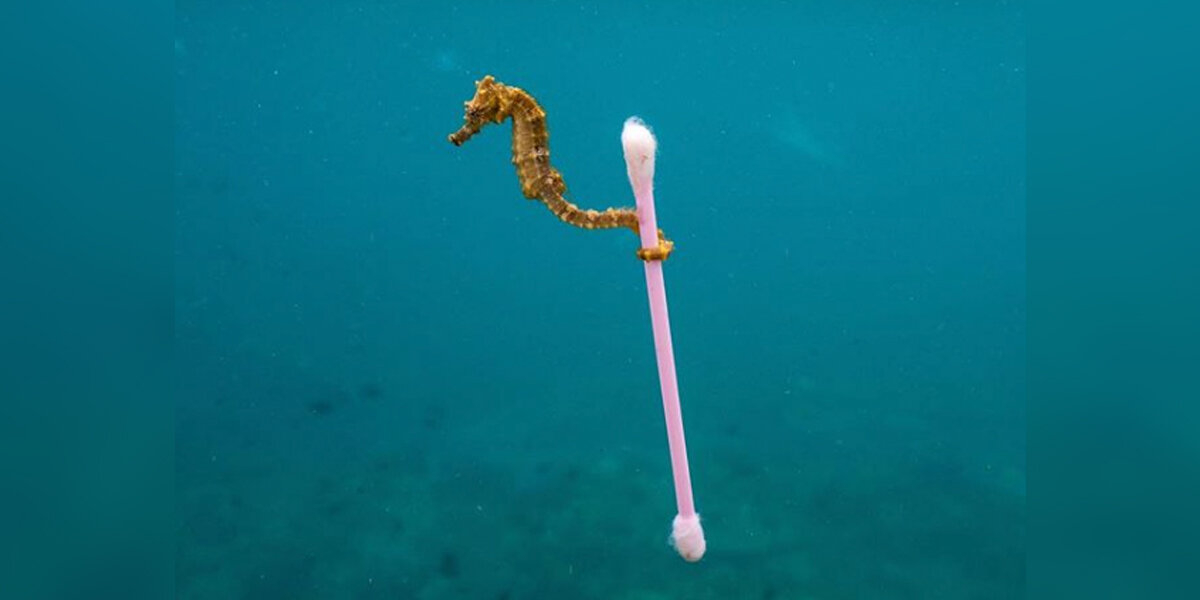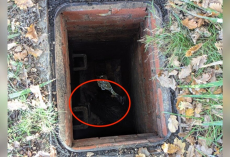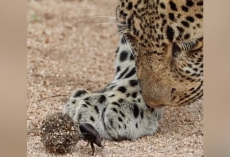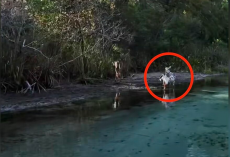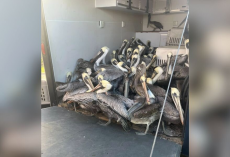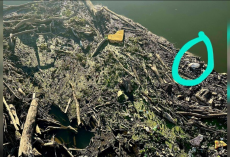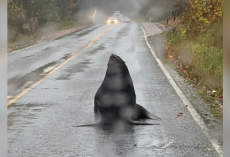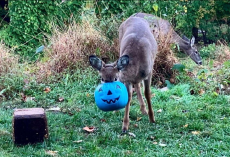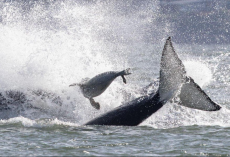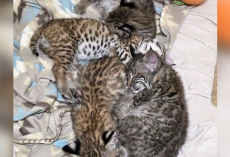When wildlife photographer Justin Hofman snapped what would become one of his most famous images, he didn’t feel pride — he felt heartbreak.
While snorkeling near an island south of Borneo, Indonesia, Hofman spotted a tiny orange seahorse drifting gently with the tide. At first, it was a magical encounter. But then, the reality of the ocean around them began to sink in.
What should have been pristine blue waters were suddenly clouded with sewage and floating trash. Among the waves of debris, the fragile seahorse tried to find something — anything — to cling to. In the end, she latched onto a plastic cotton swab.
“It was literally sewage; you could smell the water change,” Hofman told The Dodo. “Eventually, this little scene unfolded in front of me. To see this little seahorse — it’s heartbreaking.”
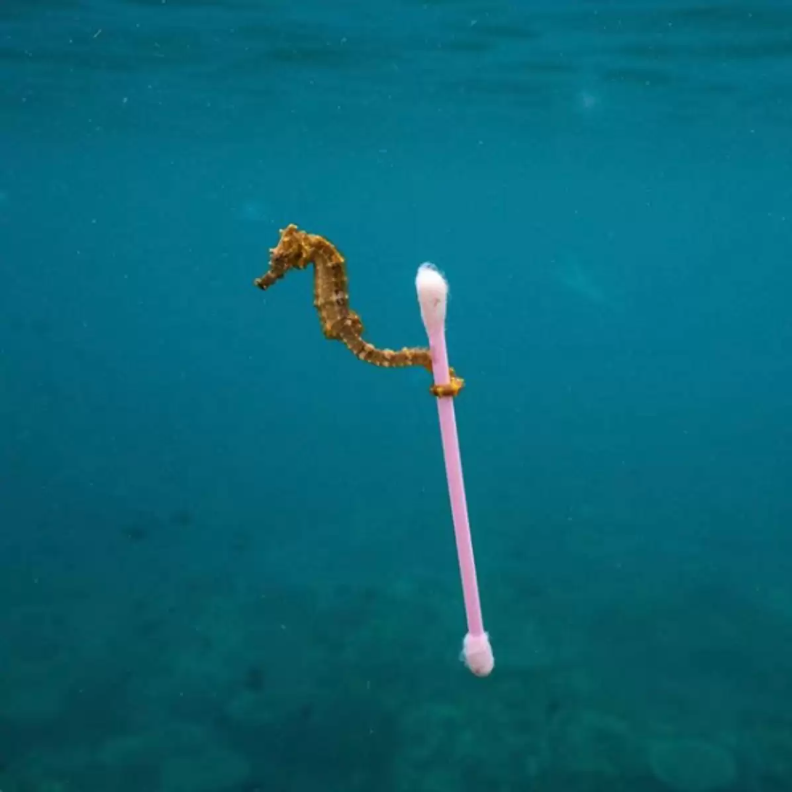
The image that came from that moment has since gone viral, even becoming a finalist in the London Natural History Museum’s Wildlife Photographer of the Year exhibition. But for Hofman, the picture is not a celebration — it’s a warning.
“It’s a photo that I wish didn’t exist,” he wrote on Instagram. “What started as an opportunity to photograph a cute little seahorse turned into frustration and sadness as the incoming tide brought with it countless pieces of trash and sewage.”
Hofman hopes the photo sparks something bigger than sympathy — he wants it to inspire change.
“I hope it helps people think about what they consume, choosing things that are paper instead of plastic,” he said. “People might look at the picture and think, ‘We’re doomed.’ But if every person did their part, it would add up to a huge impact. We can all make better choices. We can all recycle. We can all care.”
The little seahorse holding onto a piece of trash may be hard to look at — but it’s even harder to ignore.
To keep up with the latest issues impacting the world's oceans, and learn how you can make a difference, follow SeaLegacy on Facebook.

